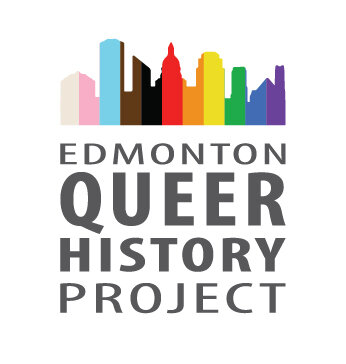CLICK HERE to continue reading full text on this page or download below
Between April 1, 1942, and March 31, 1943, thirty-seven charges of gross indecency and indecent acts were laid in Alberta, which coincided with Premier Aberhart’s correspondence with the RCMP and enforcement of his Christian fundamentalist principles. This “witch hunt” would correspond with the infamous 1942 same-sex trials , which were the culmination of a coordinated effort between the RCMP and Edmonton Police Service that resulted in the arrest of ten men, nine of whom were convicted at trial. Six of the men served time in jail. The impetus for this investigation was most likely sparked by a 1941 personal ad published in the Edmonton Journal, which simply read, “Young man from Vancouver, wants friends.” Wilfred Collier answered Donald MacCullum’s ad and later admitted they had intimate relations, which resulted in a jail sentence of two years minus a day, for a “single act of consenting intimacy with another adult male in private.” The subsequent police interrogation of MacCullum led to further investigations, including into Donald Sebastien, a teenage male sex worker, who the police coerced into giving testimony implicating others. The theory behind these police investigations was simple: once they could identify someone as a homosexual, that person was, by definition, already a criminal. Personal correspondence such as romantic or erotic letters were often seized as evidence. The homophobia entrenched in both the police investigations and subsequent trials was mirrored both in the highest echelons of the provincial government and in the sensational media coverage the trials received. For example, the Edmonton Journal ran a front-page story highlighting Justice Ives’ claims the accused men were running a “ring of bestiality.” This wasn’t just about moral regulation but also indicative of insidious homophobia and the widespread fear of homosexuality. This kind of moral panic would become a defining feature of police and judicial systems for decades to come, as underscored in the trials of the men arrested in the Pisces Health Spa raid and the case of Vriend v. Alberta.










